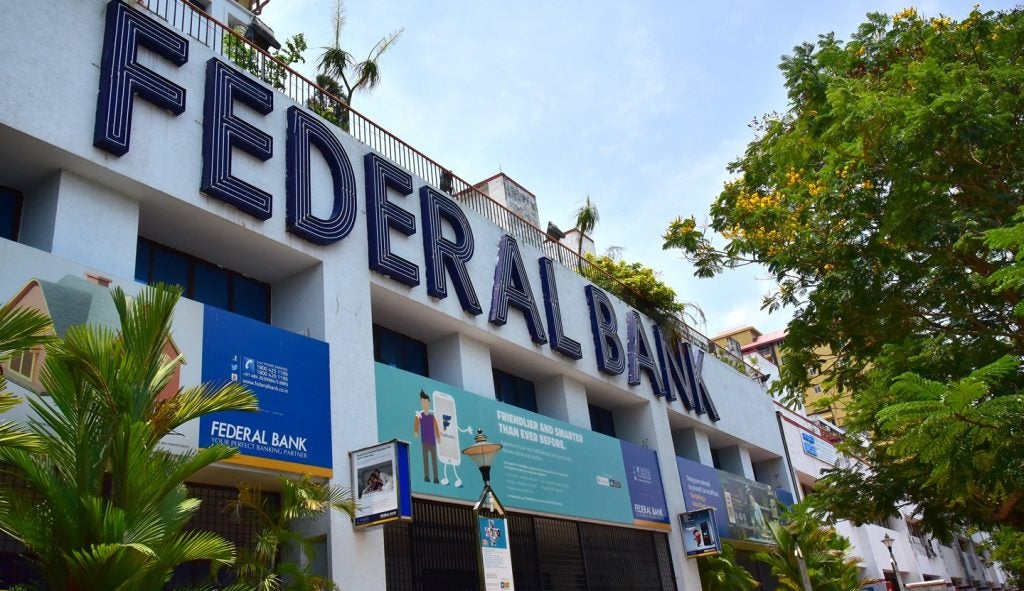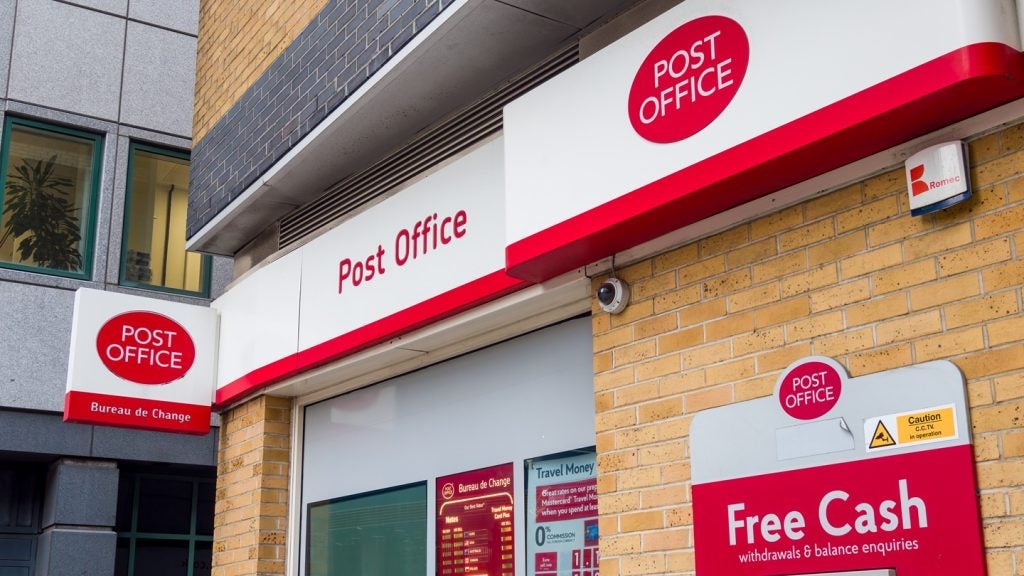With five cities declared “red alerts” areas this week, after torrential rain that left 21 people dead and forced the evacuation of nearly 6,000 people, China is boosting measures aimed at greening the country’s monetary and financial policies.
The People’s Bank of China (PBOC) has outlined a commitment to the use of specialised financial instruments for abetting reductions in carbon emissions, amidst a broader drive for green financing launched at the start of 2021.

Access deeper industry intelligence
Experience unmatched clarity with a single platform that combines unique data, AI, and human expertise.
PBOC committed to further support for carbon emissions financial instruments in its “China Monetary Policy Execution Report” for the second quarter of 2021 released on 9 August.
The report said that the instruments would “provide preferential interest rate financing, targeted and direct support for green development, as well effectively drive social funds to expedite emission reductions.”
PBOC said that the design of the new instruments would be made in accordance with the “principles of marketisation, the rule of law, and internationalisation,” as well as “embody openness and transparency.”
Markets awaiting further details
While PBOC has yet to provide details on the precise nature of the new instruments or a schedule for implementation, sources said that the policy instruments are likely to assume the form of “specialist green re-loans.”

US Tariffs are shifting - will you react or anticipate?
Don’t let policy changes catch you off guard. Stay proactive with real-time data and expert analysis.
By GlobalDataPBOC also highlighted the need for “carbon emissions reduction policy support instruments” to support the three benchmarks of “operability, calculability and verifiability.”
“This means clearly supporting key sectors with pronounced carbon emissions reduction effects,” said a PBOC spokesperson.
“Financial institutions can calculate the carbon emission reductions volume of loans, and third-party specialist institutions can verify the accuracy of information disclosed by financial institutions.”
Targets: peak carbon before 2030 and carbon neutrality by 2060
Zeng Gang, deputy-head of the National Institution for Finance & Development (NIFD), said:
“The central bank has already confirmed that ‘operability’ means supporting key areas that are confirmed as being capable of supporting carbon reduction targets, and ‘calculability’ refers to the ability to calculate the final emissions reduction results of projects, as well as the need to make information disclosures.”
“In addition to independent information disclosures, it is also necessary to introduce external third parties to verify the accuracy of information disclosures.
“This means using ‘operability, calculability and verifiability’ to ensure the targeted use of funds, and support achieving carbon reductions targets.”
In 2020 Beijing unveiled the green development targets of achieving peak carbon before 2030 and carbon neutrality by 2060, while at the start of 2021 PBOC launched a campaign to drive the growth of green financing in China.







